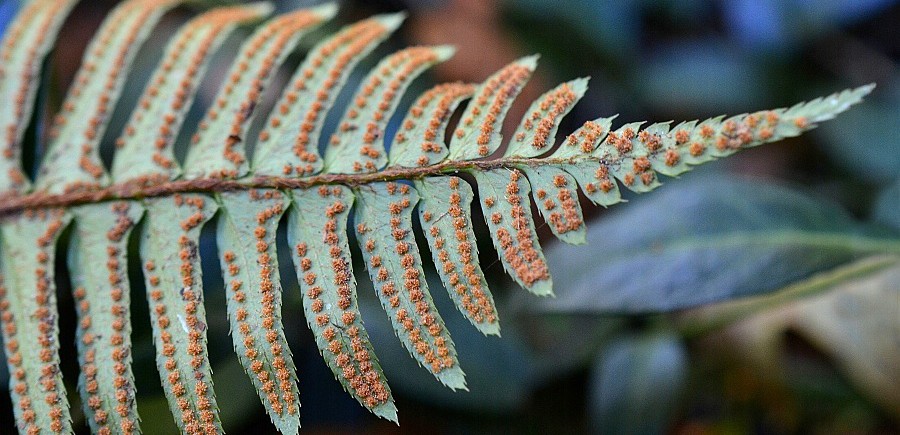
Ever wonder what it would be like to taste a tree? Next time you’re in the woods, gather a few stray Douglas-fir branches and take them home to make a savory, fir-needle tea that is wildly delicious!
What to do: Remove any cones that might still be attached, and thoroughly rinse Douglas-fir needles and stems in cold water.

Chop the twigs (use ones no bigger than a pencil’s width) and needles into quarter-inch sections. Put one cup of the Douglas-fir pieces into a pitcher and pour boiling water over them. Keep in mind, the more needles, the fuller-bodied the tea. Let steep 10-15 minutes. Strain liquid through cheesecloth, into a second pitcher; discard cheesecloth, needles, and stems.
Result: a fragrant, amber-green tea with a mild, spicy flavor and a helping of vitamin C. Sweeten with sugar or honey. Serve hot or cold.
Guidelines: Look for downed Douglas-fir branches after a big wind. Collect fresh branches on the ground with green needles only. Tea can be stored in the refrigerator for as long as a week. There are no poisonous look-alikes, and the needles are available year-round.
____________________






____________________
Grab A Branch, It’s Tea Time has appeared under the following titles in the following publications:
Pour Me A Cup Of Douglas-Fir, The Mountain Times, 1999.
Nature’s Cold Cure, East Clackamas County Gazette, 2004
Article and illustration as it appeared in The Oregonians “The Source” Better Homes & Gardens, 2008. (Also put on display at the Better Homes & Garden show 2008—Portland, Oregon.)
____________________
Copyright 2012. All rights reserved.


Do you know if Douglas Fir tea is contraindicated for anyone taking certain medications, such as heart meds, blood thinners, antibiotics, or others?
Hi Dusty, That’s a good question. Research shows no known side effects for Douglas fir tea, but if taking medications, it would be a good idea to play it safe, and check with a naturopathic doctor.
Great article! I love the evergreen flavor in teas. Thanks for sharing:)
I would caution though, that some Yew conifers can look similar to firs to the untrained eye, and all parts (needles, bark, seeds) are toxic, except the fruit. And too much White or Red cedar may extract a large amount of thujone which could be problematic depending on preparation and amount ingested.
Thank you, Stephany.
The tea is so tasty and beneficial unlike anything on the store shelves. And Yes, I absolutely agree, plant ID must be done with certainty. In my books, I caution about this.
So can you use all fir Cedar and pine for tea?
Good question, Cynthia. Yes, pine needles fresh or dried make a fine tea. As for cedar, the leaves can be used, but with much caution since they contain toxic oils. These oils can be skimmed to render the tea safe, and the tea taken in small doses only; no more than 1 cup per day. Effects from cedar oil can be quite painful and cause injury to the brain, kidneys, and liver, as well as convulsions, and death.
I haven’t tried this, but we planted a doug fir in our yard (our dog is named Doug Fur) I’ll give it a try!
I like your dogs name. Oh, yes, try it when you get the chance. I drink mine sweetened with Agave—delicious! 🙂